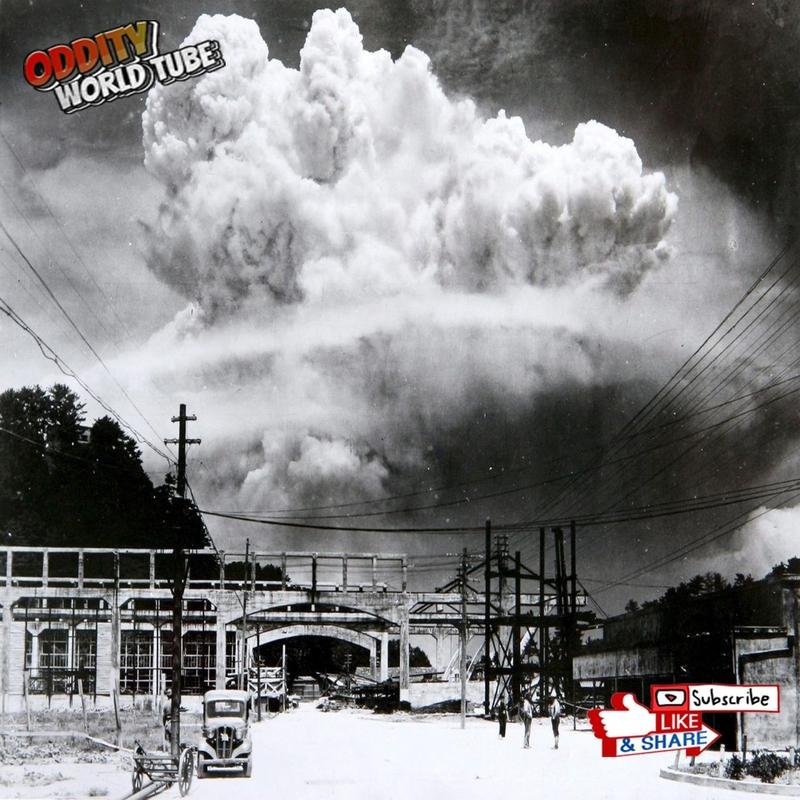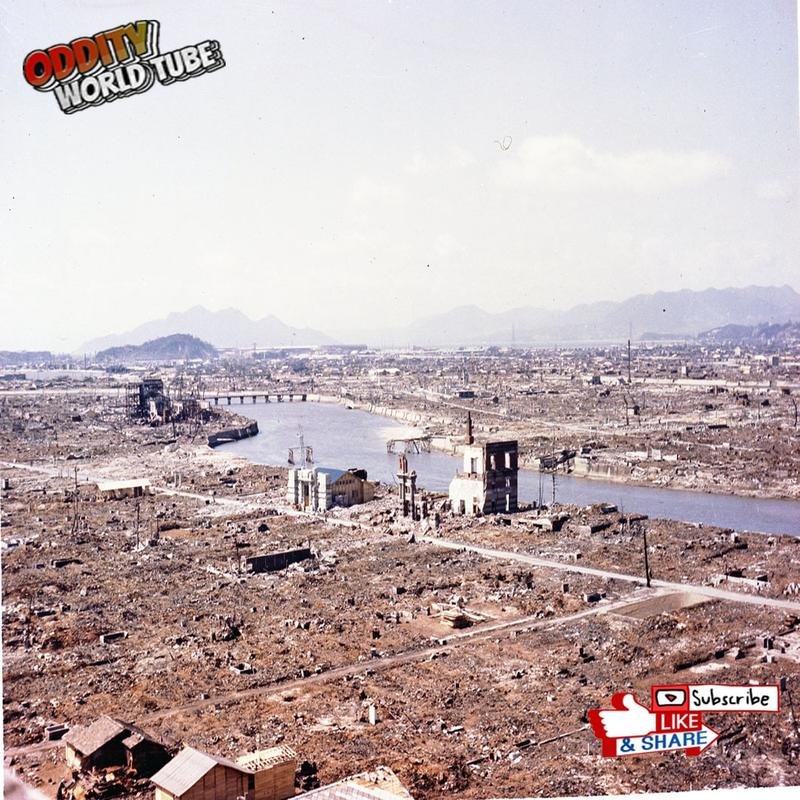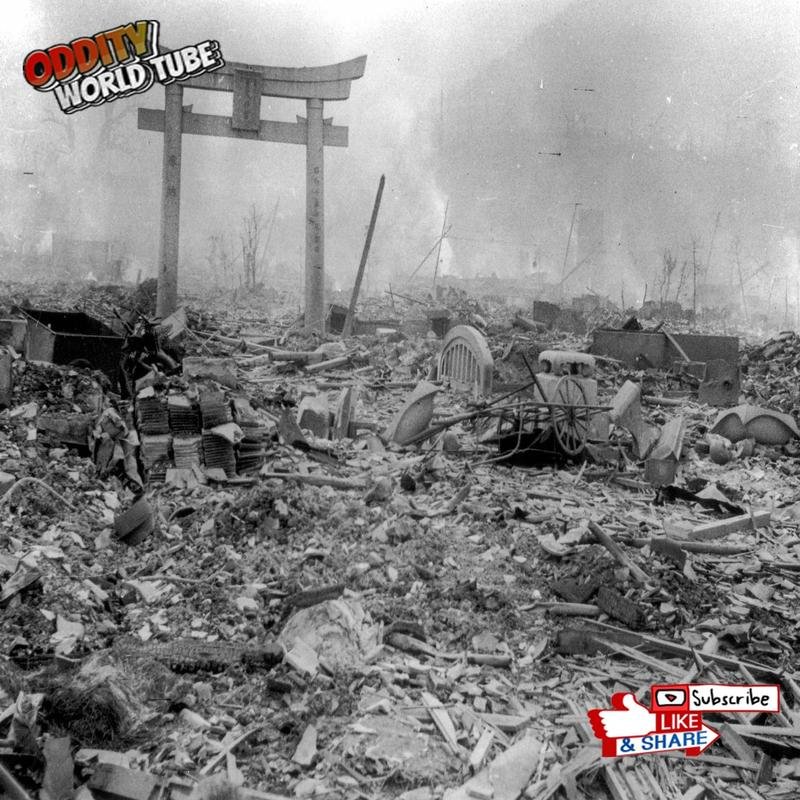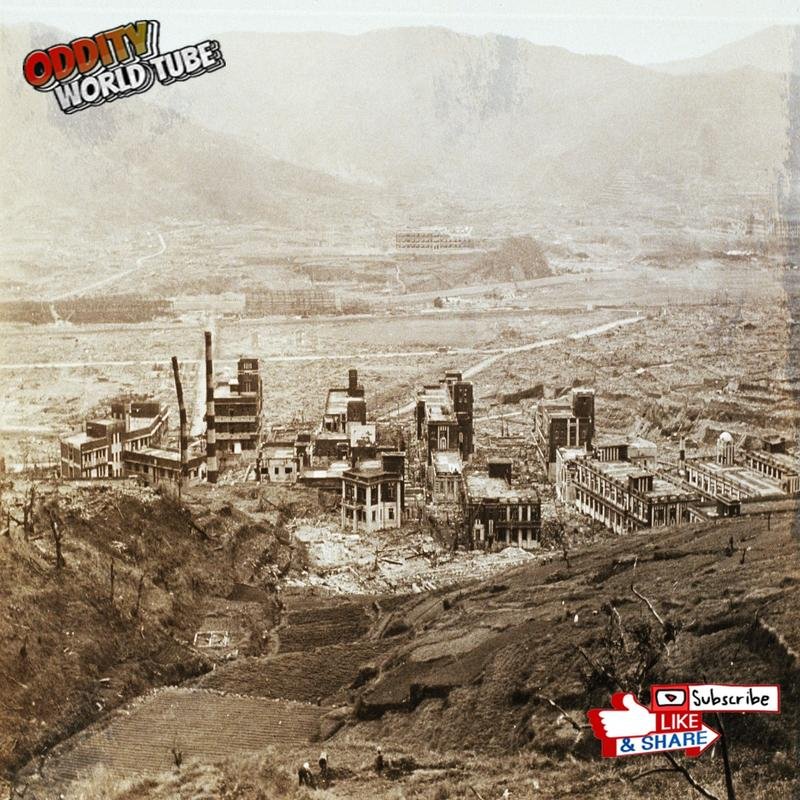The Nagasaki Atomic Bombing of 1945: Unveiling Hidden Truths

Nagasaki Atomic Bombing: History & Impact
The atomic bombing of Nagasaki on August 9, 1945, remains a catastrophic event in human history, profoundly impacting the city and its people. Following the Hiroshima bombing, this act of war concluded World War II at a devastating cost, leaving an enduring mark on global consciousness.
The Bombing of Nagasaki
At 11:02 AM local time, the B-29 bomber Bockscar, piloted by Major Charles Sweeney, dropped the “Fat Man” atomic bomb. Containing approximately 6.4 kilograms of plutonium-239, the bomb detonated about 500 meters above the Urakami Valley, targeting the Mitsubishi Arms Plant. Cloud cover led to a secondary target being struck. The explosion released energy equivalent to roughly 21 kilotons of TNT.
Immediate Aftermath
The immediate effects were catastrophic. A blinding flash and intense heat (estimated at 3,900 degrees Celsius) instantly vaporized everything within a one-kilometer radius. Widespread fires created a massive firestorm, and the supersonic blast wave flattened buildings and infrastructure for several kilometers, destroying approximately 40% of Nagasaki. While the valley’s topography offered some protection, the devastation was immense. The death toll is estimated at 39,000 to 80,000, with thousands more suffering severe injuries and radiation exposure. The destruction of the Nagasaki Medical College and Hospital hampered relief efforts.
Long-Term Consequences
In subsequent weeks, thousands more died from radiation sickness. Long-term health issues, including elevated cancer rates (especially leukemia), continue to affect survivors (hibakusha). The bombing had profound social, economic, and psychological impacts, leaving hundreds of thousands homeless and causing protracted economic recovery. The psychological trauma inflicted lasting scars. This experience fostered a strong antinuclear sentiment, making Nagasaki a leading advocate for nuclear disarmament and peace.
Impact on the War and Legacy
While the Mitsubishi plant was damaged, not destroyed, the impact on Japan’s war production was significant. Combined with the Hiroshima bombing and the Soviet Union’s declaration of war, the Nagasaki bombing substantially contributed to Japan’s surrender on August 15, 1945. The Nagasaki Peace Park, near the hypocenter, serves as a memorial and a symbol of hope for a world free from nuclear weapons. The annual Peace Ceremony on August 9th commemorates the event and reinforces the commitment to peace.








